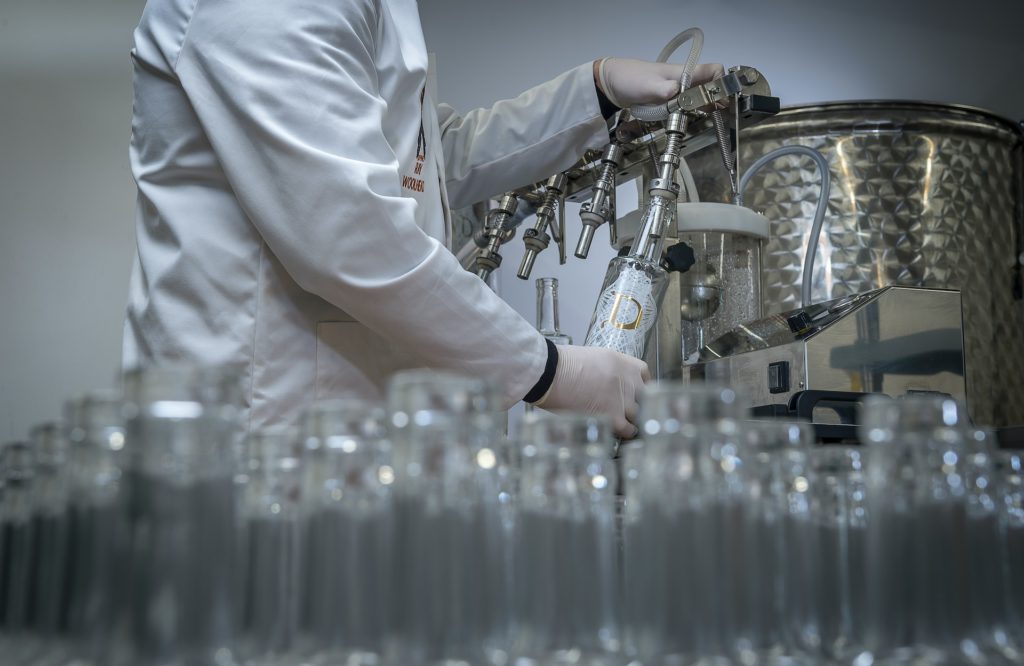Seperation techniques and processing is a complex and varied subject to get your head around. That is why we have compiled a list of useful seperation processing and technique books written by industry experts!
1. Seperation Process Principles, 3rd Edition by J. D. Seader, Ernest J. Henley and D. Keith Roper
Seader et al have provided one of the most comprehensive books on separation processes within the chemical and biochemical industry. This book covers the fundamental concepts of separation processes and provides advanced concepts that help solve world problems in energy, environmental, and health areas.
Topics covered:
- Separations by phase addition or creation
- Separations by barriers and solid agents
- Separations that involve a solid phase
- Mechanical separation of phases
Some of the features included in the 3rd edition are study questions at the end of each chapter to ensure key points were learnt, more examples and exercises with their solution, and increased clarity of exposition. The 3rd edition also includes bioseparation within its chapters from D. Keith Roper who has extensive industrial and academic experience in bioseparation.
2. Solid – Liquid Seperation, 4th Edition by Ladislav Svarovsky
This book contains all the important industrial processes used in the recovery of solids and the purification of liquids, most process industries use a form of solid-liquid separation and Svarovsky had felt higher education do not cover this well, hence, this book was made. It is intended for graduate engineers and scientists who have a keen in design and production for research and development.
Topics include:
- Coagulation and flocculation
- Gravity Thickening
- Hydrocyclones
- Separation by centrifugal sedimentation
- Screening; Filtration Fundamentals
- Filter aids
- Deep bed filtration
- Pressure filtration
- Vacuum filtration
- Centrifugal filtration
- Counter-current washing
- Cake washing
- Filter media
- Flotation
- Selection
- Membrane Separation
- High gradient
- Particle fluid interaction
Readers can indulge in the up-to-date principles and industrial practice of solid-liquid separation and washing techniques from someone who is in top of their field.
3. Seperation Process Engineering: Includes Mass Transfer Analysis, 3rd Edition by Phillip C. Wankat
This book is one of the most accessible guides available on modern separation processes, Phillip C. Wankat provides key separation processes concepts with the use of simulation practice, spreadsheet-based exercises using real data.
Topics covered:
- Liquid-liquid extraction
- Adsorption
- Chromatography
- Membrane separations, including gas permeation, reverse osmosis, ultrafiltration, pervaporation, and applications
The 3rd edition includes an updated chapter, including equilibrium, chemical purity, crystal size distribution, and pharmaceutical applications. As well as new mass transfer analysis sections on numerical solutions for variable diffusivity. Recommended for those in either industry or academia.
4. Industrial Seperation Processes: Fundamentals, by Andre B. de Haan, Hans Bosch
This book is great for those of you who are graduates, this textbook was created to provide an overview of fundamental principles that are used frequently within industrial separation methods. Haan and Bosch focus on both the computational method and physical principles to access the techno-economic feasibility of the various separation methods.
Topics covered:
- Characteristics of Separation Processes
- Evaporation and Distillation
- Absorption and Stripping
- General Design of Gas/Liquid Contactors
- Liquid-Liquid Extraction
- Adsorption and Ion Exchange
- Drying of Solids
- Crystallization and Precipitation
- Sedimentation and Settling
- Filtration
- Membrane Filtration
- Separation Method Selection
Each chapter contains a condensed section overviewing the most common equipment used in industry as well as exercises and solutions to test the principles learnt.

Adrian graduated with a Masters Degree (1st Class Honours) in Chemical Engineering from Chester University along with Harris. His master’s research aimed to develop a standardadised clean water oxygenation transfer procedure to test bubble diffusers that are currently used in the wastewater industry commercial market. He has also undergone placments in both US and China primarely focused within the R&D department and is an associate member of the Institute of Chemical Engineers (IChemE).



